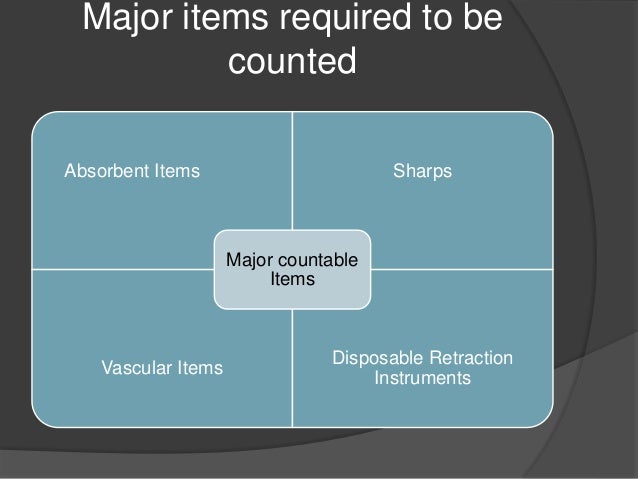

Report if suspected that the patient was at substantial risk of dying at the time of the adverse event, or use or continued use of the device or other medical product might have resulted in the death of the patient. Report if you suspect that the death was an outcome of the adverse event, and include the date if known. The event is serious and should be reported to FDA when the patient outcome is: Death Studies have attempted to define the true incidence of sentinel events, but a lack of consistent language and definitions makes it difficult to put the whole puzzle together, even when sentinel events do come to the surface.An adverse event is any undesirable experience associated with the use of a medical product in a patient. 34.) Others see no benefit to themselves or their institutions from reporting. For example, do near misses count? (See “Near Misses,” The Hospitalist, May, p. Researchers cite a number of reasons that many incidents go unreported among them are lack of time, fear of punishment, and confusion about the severity of events that require notification. Information from the JCAHO covers only the incidents reviewed by that organization, and experts agree that almost all types of sentinel events are under-reported. Hard-and-fast statistics on sentinel events are difficult to come by, however. Of the total number of cases reviewed, 73% resulted in the death of the patient and 10% in loss of function.

JCAHO tracked the sentinel events they reviewed from 1995 to March of 2006 and found that the most commonly reported sentinel events were patient suicide, wrong-site surgery, operative/postoperative complications, medication errors, and delay in treatment-in that order. Statistics from the Joint Commission on Accreditation of Healthcare Organizations (JCAHO), however, show that 68% occur in general hospitals and another 11% in psychiatric hospitals. Sentinel events-unexpected occurrences that result in death or serious physical or psychological injury, or the risk of their later occurrence-can happen anywhere along the healthcare continuum, in any setting. But medication mistakes are just part of the picture. According to a just-released report, Preventing Medication Errors, prepared by the Institute of Medicine (IOM) at the behest of the Centers for Medicare and Medicaid Services, medication errors harm 1.5 million people yearly in the U.S. UWMC paid Church $97,000 after accepting responsibility for the mistake. When Church complained of unusual post-operative pain, other doctors discovered the retractor during a CAT scan and surgically removed the device soon after. The stainless steel retractor, resembling a metal ruler, slipped from the hands of a distracted doctor during the procedure.

An X-ray shows a 13” long, 2” wide surgical retractor that was accidentally left in the body of Donald Church, 49, of Lynnwood, Wash., by a University of Washington Medical Center (UWMC) surgeon during an operation to remove a tumor on June 6, 2000.


 0 kommentar(er)
0 kommentar(er)
